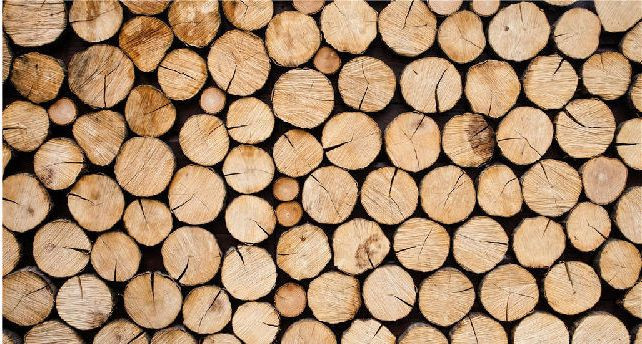Graded Drying of Wood Moisture Content and Its Energy Saving Analysis
Wood drying is an indispensable and important process in wood processing and production. It is also the most energy-consuming process. Nowadays, with energy shortage and rising fuel prices, saving energy is particularly important. furniture making machine high freqeuncy vacuum wood drying kiln,timber drying machine
Strengthen the research on energy saving, emission reduction and consumption reduction in wood drying process, and seek energy saving technology with high efficiency and environmental protection is one of the topics that scholars at home and abroad pay close attention to at present. Microwave drying machinery and equipment
Based on the analysis of energy consumption in wood drying, the necessity of graded drying of wood moisture content is discussed from three aspects: 1) different moisture content of raw wood leads to different drying characteristics of each board; 2) different wood properties (physical and mechanical properties, etc.) related to moisture movement; and 3) drying energy consumption of various moisture states in wood.
Then, the process of wood moisture fractional drying was analyzed, the concept of wood moisture fractional drying was put forward, and the theory of wood moisture fractional drying was analyzed.
The effects of moisture content grading drying on wood drying quality, drying efficiency and energy saving and emission reduction during drying process were investigated. Fine drying of wood by moisture content grading technology can shorten drying cycle, reduce energy consumption and improve drying quality.
Finally, according to the requirement of drying wood, and on the basis of energy saving and economy, the application assumption of appropriate water content classification standard should be formulated. Drying process is one of the most important processes in many industries.
At the same time, drying energy consumption accounts for the vast majority of the whole processing process, accounting for 40%-70% of the total energy consumption of enterprises and about 12% of the total energy consumption of national economy. However, the heat utilization rate of drying is usually low, and only 30%-40% of the total energy consumption of wood industry.
Drying is easy to cause cracking and other defects, which makes wood degrade. Therefore, wood drying is the key to reduce energy consumption and cost in wood processing industry. In addition, the organic volatile gases (VOCs) released during wood drying can also cause serious harm to human and environment. Therefore, seek efficient, energy-saving, environmental protection drying
Technology has always been the goal of wood processing enterprises. The moisture content of raw wood varies with tree species and parts. Generally, the moisture content of sapwood is higher than that of heartwood, especially coniferous wood. In some species, the moisture content of the root part is often higher than that of the shoot part. These differences lead to great differences in drying characteristics of each piece of wood.
The moisture content of wood is related to the height off the ground. Usually, the water content of Eucalyptus Dunn increases first and then decreases with the increase of the height above ground, but the change of water content of Eucalyptus Dunn is contrary to that of Eucalyptus dunn.
2.2 Differences in wood properties related to water movement
The physical and chemical changes of wood composition during drying lead to changes in wood structure [15]. The physical and mechanical properties and structure of wood vary with different drying methods and drying criteria [16].
The mechanical properties such as bending strength, flexural modulus of elasticity and compressive strength along grain of Yunnan pine plantation wood during drying are in direct proportion to wood density [17].
Wood is a porous material consisting of wood substance, moisture and voids. Wood is essentially a cell wall material that does not contain internal voids; air in wood voids has no effect on the quality of wood, and the quality of moisture in voids varies with the environment. Because the quality of wood cell wall is constant, the moisture content in wood is only related to its density.
